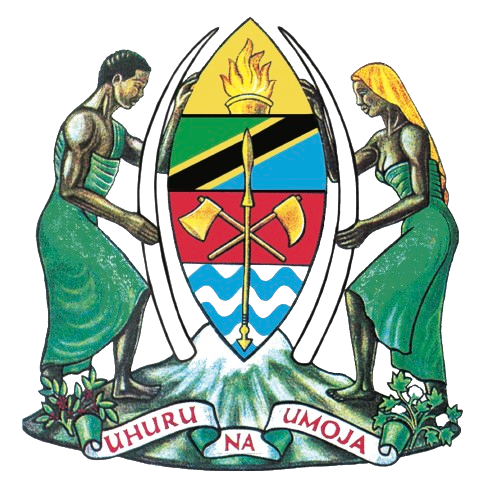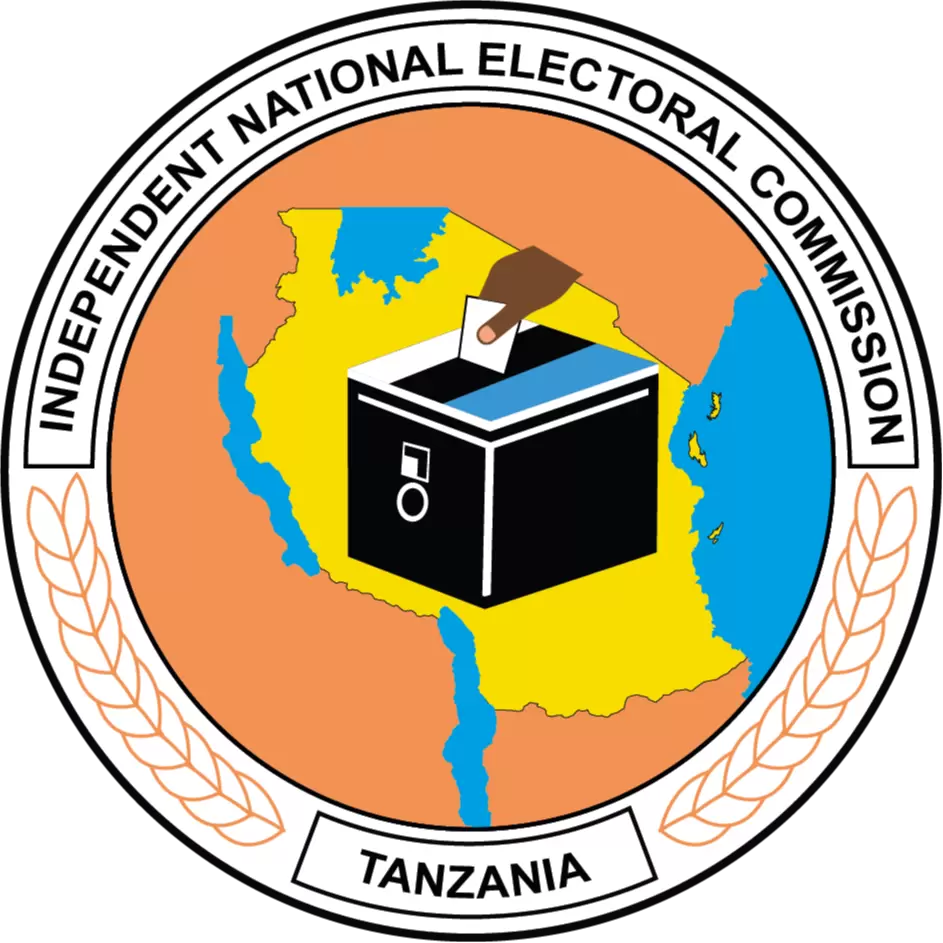Characterization and chemical management of Cashew Fusarium Wilt Disease caused by Fusarium oxysporum in Tanzania.
- 23rd January, 2021 14:33
- By
A PHP Error was encountered
Severity: Notice
Message: Trying to get property 'username' of non-object
Filename: publications/details.php
Line Number: 39
Backtrace:
File: /data/tarigo/public_html/application/views/publications/details.php
Line: 39
Function: _error_handlerFile: /data/tarigo/public_html/application/controllers/Publications.php
Line: 104
Function: viewFile: /data/tarigo/public_html/index.php
Line: 296
Function: require_once - Papers
Author(s) : William V. Mbasa, Wilson A. Nene, Fortunus A. Kapinga, Stanslaus A. Lilai, Donatha D.
Cashew (Anacardium occidentale L.) is the present leading currency earning crop in Tanzania, generating
income to over 2.5 million farmers. Despite of its importance, cashew is threatened by a new serious
destructive disease called Cashew Fusarium Wilt (CFWD), which is caused by Fusarium oxysporum. The
impact of the disease has reduced income at both household and national levels. The current study was
conducted to characterize CFWD and investigate chemical management options for the disease. The
study was conducted during the rainy and offrainy season(s) at Tuungane-Liwale and Kitangari-Newala
in Lindi and Mtwara regions respectively. Disease characterization involved field observation of the
infected cashew trees, laboratory isolation and characterization of the causative agent. Chemical
management involved application of azoxystrobin, carbendazim and thiophanate methyl each at a
concentration of 5, 10 and 15 g of formulated product/L. Laboratory findings revealed that the causative
agent of the cashew wilting symptoms is Fusarium oxysporum characterized by whitish mycelia growth,
chlamydospores, macroconidia and microconidia. The tested chemical fungicides revealed significant
effects on the suppression of Fusarium wilt disease and thus enhancing cashew recovery after 120 days
of application. Azoxystrobin and carbendazim reduced severity and enhanced recovery. Application of
azoxystrobin (15 g/L) promoted 65.2 percent recovery of cashew from 50.0 percent of disease severity
and 10 g/L of carbendazim enhanced 49.4 percent of cashew recovery from 50.0 percent severity.
Thiophanate methyl exhibited significant effect (P ≤ 0.05) on reducing the severity of the disease and
enhancing cashew recovery whereby 15 g/L of thiophanate methyl enhanced 21.6 percent recovery
from 45.0 percent severity. These findings advocate the administration of these chemicals, especially
carbendazim and azoxystrobin in proper concentration for timely disease management in the affected
areas. Studies to establish the effect of the applied chemicals to other biota for betterment and
continued applications to combat the disease are underway.


